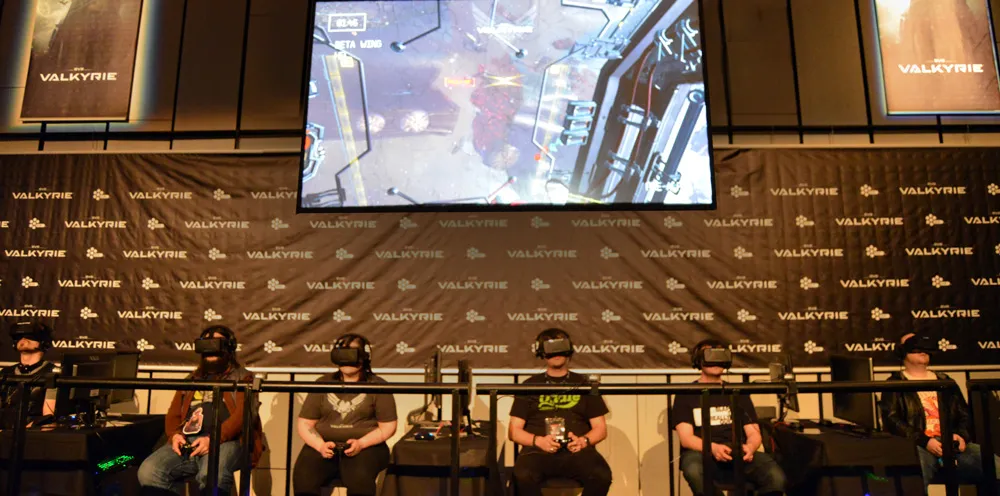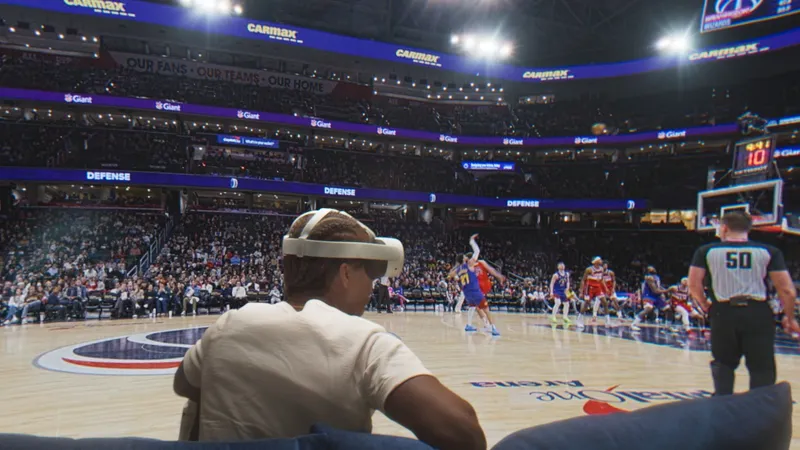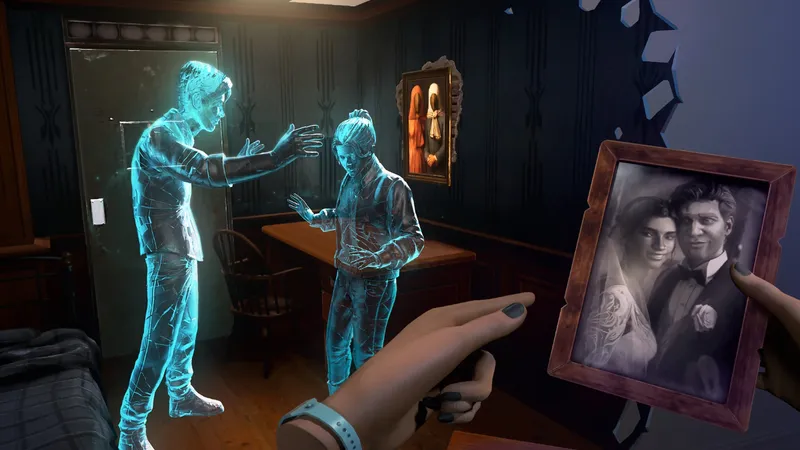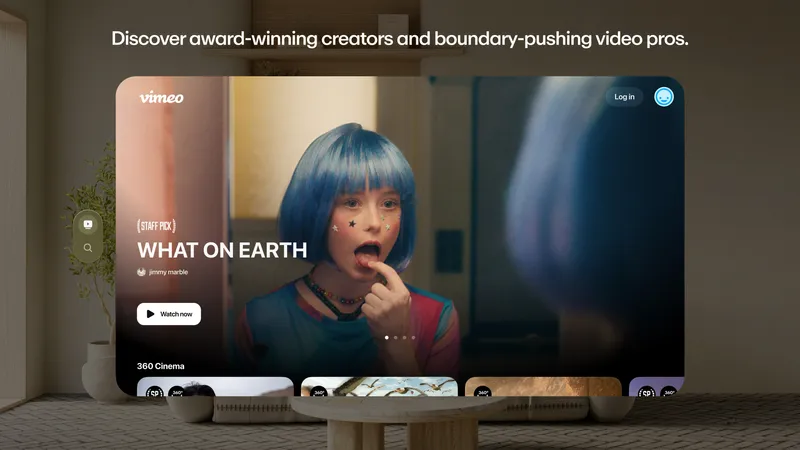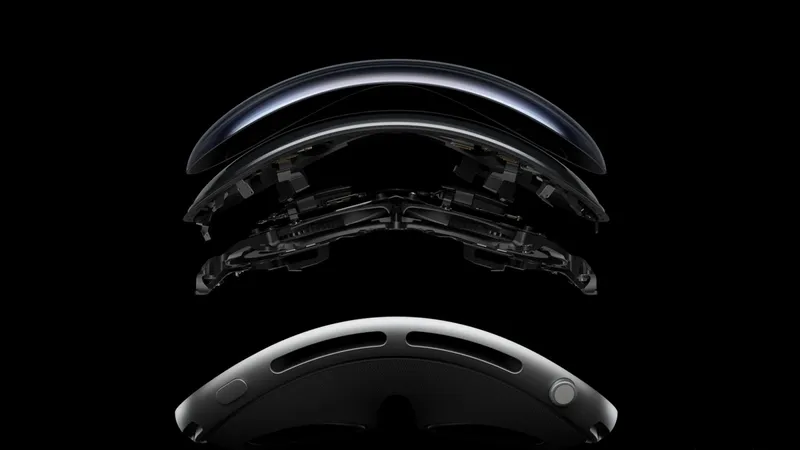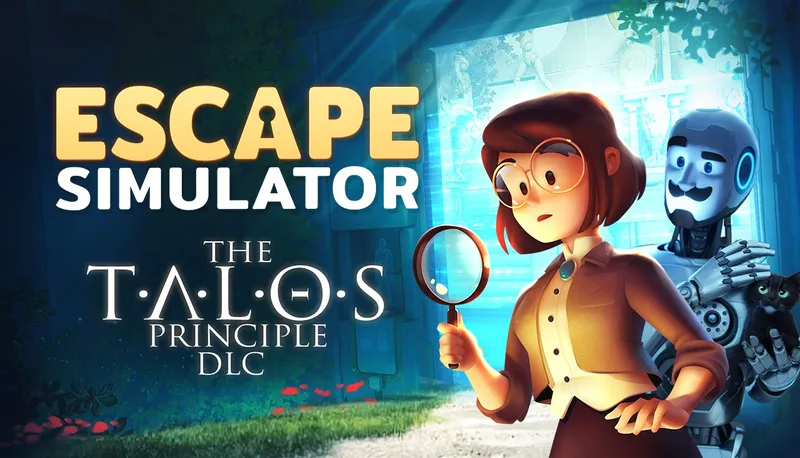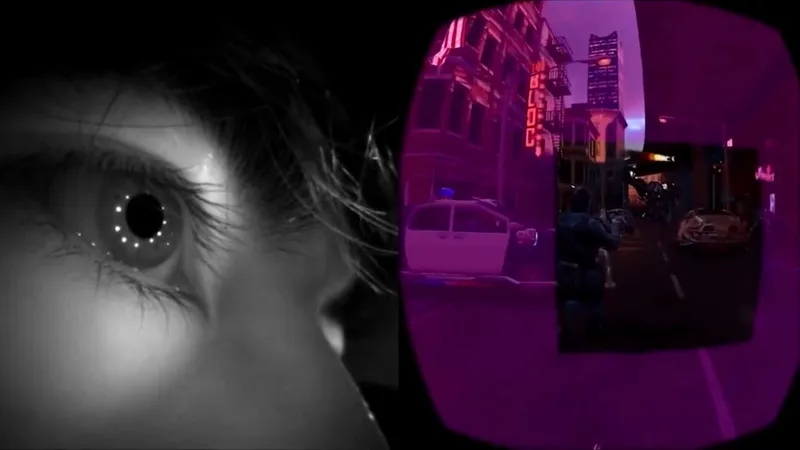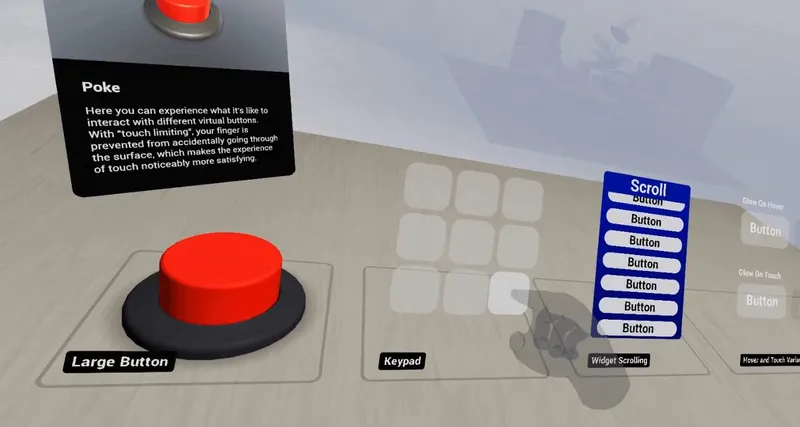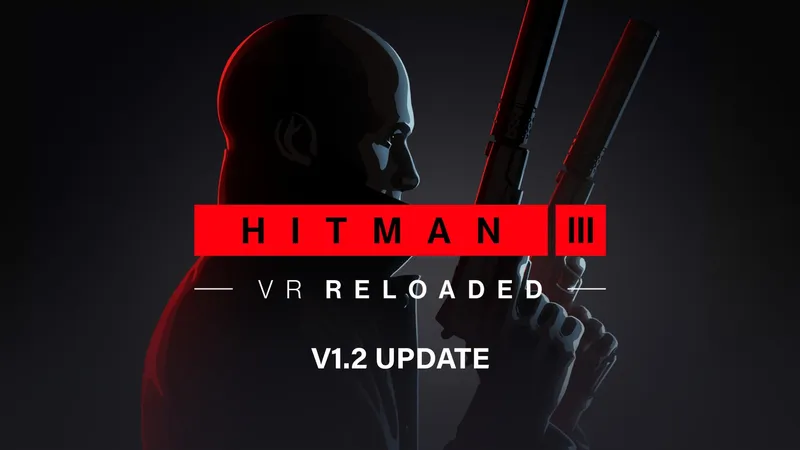Back in March, I caught up with Justin “TheGunRun” Ignacio, one of the earliest employees at Twitch and a member of Forbes’ 30 under 30 list, to talk about the intersection of eSports and VR. At the time, he described to me what he believed the ultimate VR eSports experience would be:
“As an avid eSports fan, there’s so many events that happen all over the global that I cannot possibly visit in person. If every event had a special seat dedicated for a stereoscopic 360 degree camera with full 3D microphones, I’d be in heaven. Just imagine putting these up to the computers that the players have beside them, or in the front row seats. Suddenly we can have an experience that previously only a few people could partake in now accessible to anyone with an HMD.”
Well it looks like TheGunRun will be getting his wish. Today, Jaunt VR announced they have partnered with the ESL, the world’s largest eSports organization, and MTGx to bring the Intel Extreme Masters tournament to VR. Using their recently announced ONE camera rig, Jaunt wants to bring fans closer to the action and let them feel the emotion of being on stage with 70,000+ screaming fans in the stadium.
“Our goal is not to capture the whole event and rebroadcast it, it’s not compelling VR,” says Scott Broock, Jaunt’s VP of Content, Deals and Development. “Where VR really shines is making you feel like you are a part of something big and important and the ability to share in the emotion of the scene itself.“
To that end Jaunt intends to capture at least three different angles, with one camera behind each team’s table and another placed at the front of the stage overlooking the audience, taking a somewhat similar approach to eSports as companies like NextVR are taking to regular sports. Unlike those live experiences, however, Jaunt’s broadcast of the Intel Extreme Masters tournament will be condensed down to a core immersive experience.
While Jaunt intends to focus on the core experience for this first iteration, Broock says that they may experiment with some graphical elements like stat boards or other overlays. Ultimately, however, the goal appears to be to create a complimentary experience to Twitch, rather than a direct competitor.
“With Twitch, I’m going to watch the gameplay itself,” he says. “From Jaunt’s perspective we want to deliver that experience where you feel like you are there.”
Jaunt isn’t the only company considering the intersection of eSports and VR. Recently Oculus debuted their Oculus Social platform which, among other things, allows up to five people to watch Twitch broadcasts in a social VR setting. In addition to Oculus, Valve is reportedly working on a VR spectator mode for their popular eSport title, DOTA, and have already released a companion experience to the game for the HTC Vive.
eSports in VR appears to be a natural progression for the medium, but what about VR eSports themselves?
Back in March while attending CCP’s annual FanFest, I had the opportunity to watch the first ever EVE: Valkyrie tournament and at the time, I wondered how VR might impact the competitive gaming landscape.
https://www.youtube.com/watch?v=VaV1kdLlJ-w
Reaching out to Ignacio, he believes “VR games [need] to grow to eSports community levels” for them to be widely adopted as an eSports genre all to themselves. That said, he believes there may be another path to adoption within the completive gaming community as well:
“I see the VR component for competitive [EVE] Valkyrie the same way a pro Smash Bros player would use a high refresh rate CRT monitor. It’s a product that provides competitive advantages that would be considered commonplace in the scene. If VR gives the player an advantage, competitive gamers will jump on.”
With eSports on the rise and the dawn of consumer VR upon us, you can only expect to see the bond between the two communities to grow stronger.

